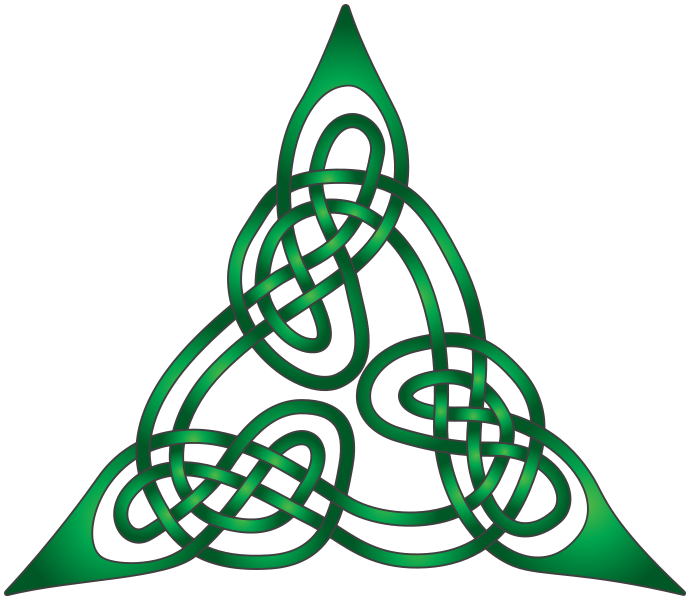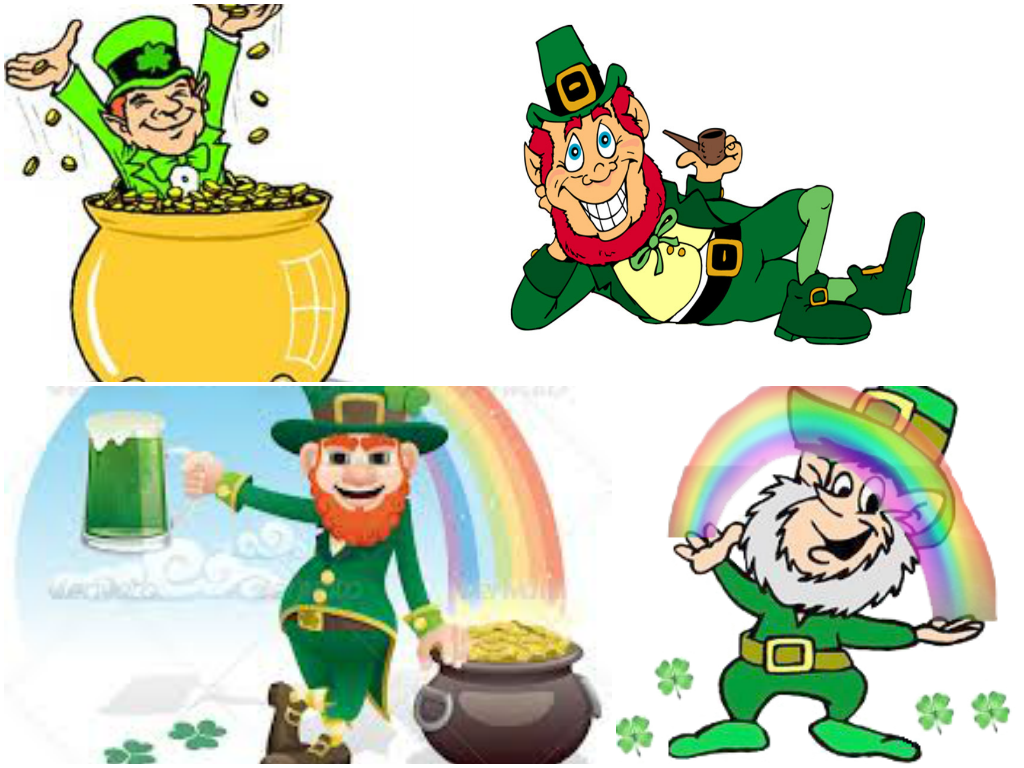A typical Irish tradition is probably hundreds of years old and some still seen as a common tradition for many families.
Ireland has dramatically changed over the years leaving behind some of the older traditions. One thing that is not as popular as it once was but is seen as a typical Irish traditions is our blessings. Many of the Irish blessings that are a thing of the past in Ireland are still kept alive by people from all over the world.
A typical Irish traditional wedding is a beautiful ceremony to see or take part in. From the stunning attire of both the bride and groom, traditionally the later would be dressed in a kilt made from the tartan of his clan. The bride would as is done to-day be dressed in a white dress to symbolize her purity.
March 17th marks the day of St Patrick, celebrated by millions of people around the world. In Ireland, St Patrick’s Day was always held as an important religious day to celebrate the teachings of Christianity by St Patrick.
Many family house holds would prepare their homes for Easter Sunday by doing what would be better known as “spring cleaning” to prepare the house for blessing by the local priest which is a religious ceremony that dates back hundreds of years.
Today Halloween is celebrated all around the globe but the Halloween Holiday has its history firmly planted in Ireland. Halloween is also known as Samhain, All Hallows Eve, Hallowmas and Hallowtide. It is celebrated on 31st October but the holiday of Halloween is not just celebrated on the one day any more as the Christian holidays of All Saints Day, November 1st and All Souls Day, November 2nd are celebrated as well.
-Celtic knots
Celtic knots are a variety of knots and stylized graphical representations of knots used for decoration, used extensively in the Celtic style of Insular art. These knots are most known for their adaptation for use in the ornamentation of Christian monuments and manuscripts, such as the 8th-century St. Teilo Gospels, the Book of Kells and the Lindisfarne Gospels. Most are endless knots, and many are varieties of basket weaves knots.
-Celtic crosses
Celtic cross is a symbol that combines a cross with a ring surrounding the intersection. It belongs to a kind of crosses with a nimbus. In the Celtic Christian world it was combined with the Christian cross and this design was often used for high crosses. With the Celtic Revival the shape, usually decorated with interlace and other motifs from Insular art, became popular for funerary monuments and other uses, and has remained so, spreading well beyond Ireland.
-Triskele
The triskele is a Celtic and pre-Celtic symbol found on a number of Irish Megalithic and Neolithic sites, most notably inside the Newgrange passage tomb, on the entrance stone, and on some of the curbstones surrounding the mound.
-Leprechaun
A Leprechaun is a smart, devious little thing and who’ll do anything to escape capture even if it means turning you into a frog. They are shoe-makers. As part of Irish mythology the Leprechauns are part of faerie folk, called by some as the “wee folk”. As a cousin of the clurichaun they are known to inhabited Ireland well before the arrivals of Celtics.
Small enough for one to sit comfortable on your shoulder they are very smartly dressed in small suites with waist coats, hats and buckled shoes.
As mischievous and intelligent folk they are general harmless to the general population in Ireland, although they are known to play the odd trick on farmers and local population of villages and towns.
It is said that every Leprechaun has a pot of gold, hidden deep in the Irish countryside. To protect the leprechaun’s pot of gold the Irish fairies gave them magical powers to use if ever captured by a human or an animal. Such magic an Irish leprechaun would perform to escape capture would be to grant three wishes or to vanish into thin air!








